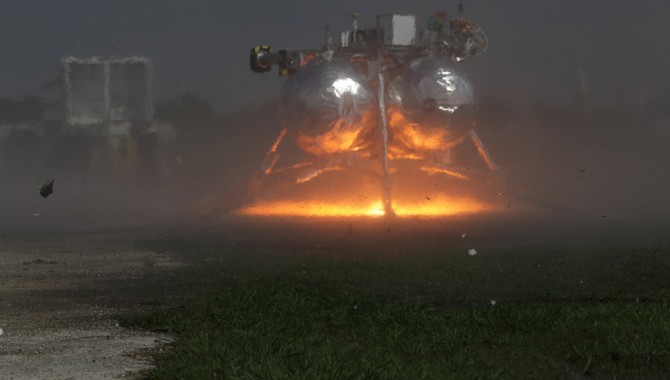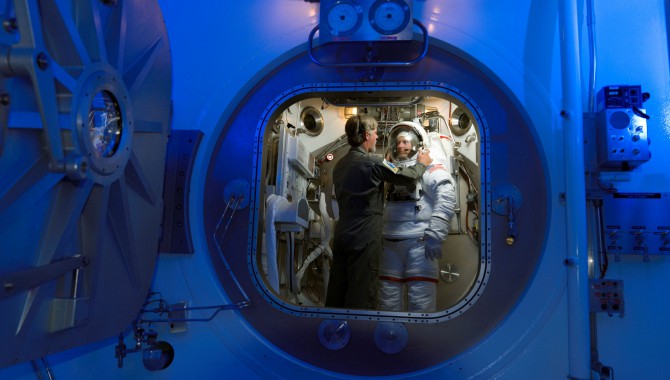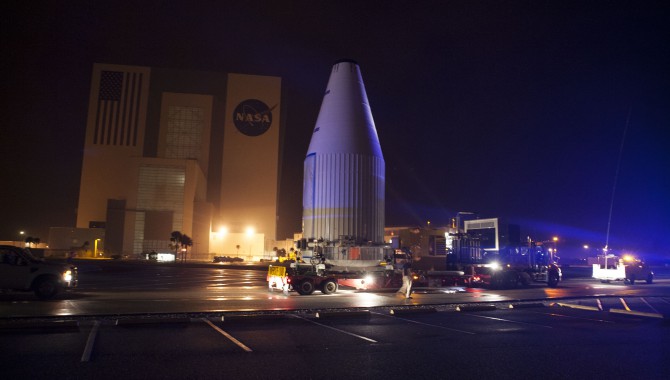
By William W. Zhang Many NASA projects involve designing and building one-of-a-kind spacecraft and instruments. Created for particular, unique missions, they are custom-made, more like works of technological art than manufactured objects.

By William W. Zhang Many NASA projects involve designing and building one-of-a-kind spacecraft and instruments. Created for particular, unique missions, they are custom-made, more like works of technological art than manufactured objects.

By Don Cohen In an article on the NuSTAR launch delay in the fall 2012 issue of ASK, I wrote, “NuSTAR, the Nuclear Spectroscopic Telescope Array, contains the first focusing telescopes designed to look at high-energy X-ray radiation.”

By Kerry Ellis Future human space exploration will mean getting beyond low-Earth orbit—and returning safely. Several projects across NASA are working on the challenges that goal presents, among them propulsion alternatives and guidance, navigation, and control. Three years ago, Project Morpheus and the Autonomous Landing and Hazard Avoidance Technology project, or ALHAT, began collaborating on advances in these areas.

By Joyce Abbey During the Apollo era, the NASA budget peaked at approximately 4 percent of the overall federal budget. Fifty years later, the Cold War is over, there are no more missions to the moon, the Space Shuttle has been retired, the International Space Station (ISS) has been completely assembled, and America’s sights are set on […]

By Stefano Coledan Two months shy of the thirtieth anniversary of the first Tracking and Data Relay Satellite (TDRS) launch, the eleventh in this group of NASA spacecraft successfully flew into orbit January 30, 2013, aboard a United Launch Alliance Atlas V rocket.

By Karen Halterman Scientific instruments for robotic NASA space missions are usually designed for flight on a specific satellite with a planned launch date. Sometimes multiple copies of instruments are developed to fly on several satellites. Occasionally, the last instrument in the series is launched years after originally planned and may be decades old when […]

NASA in the News NASA’s Van Allen Probes discovered a previously unknown, transient third radiation belt around Earth, revealing the existence of unexpected structures and processes within these hazardous regions of space.
By Laurence Prusak A few decades ago a Massachusetts Institute of Technology researcher, Ithiel de Sola Pool, put out a book called Predicting the Telephone.
By Ed Hoffman Project-based organizations like NASA have a paradox embedded in their DNA: the tension between the organization’s need for stability and the inherent uncertainty of complex projects.